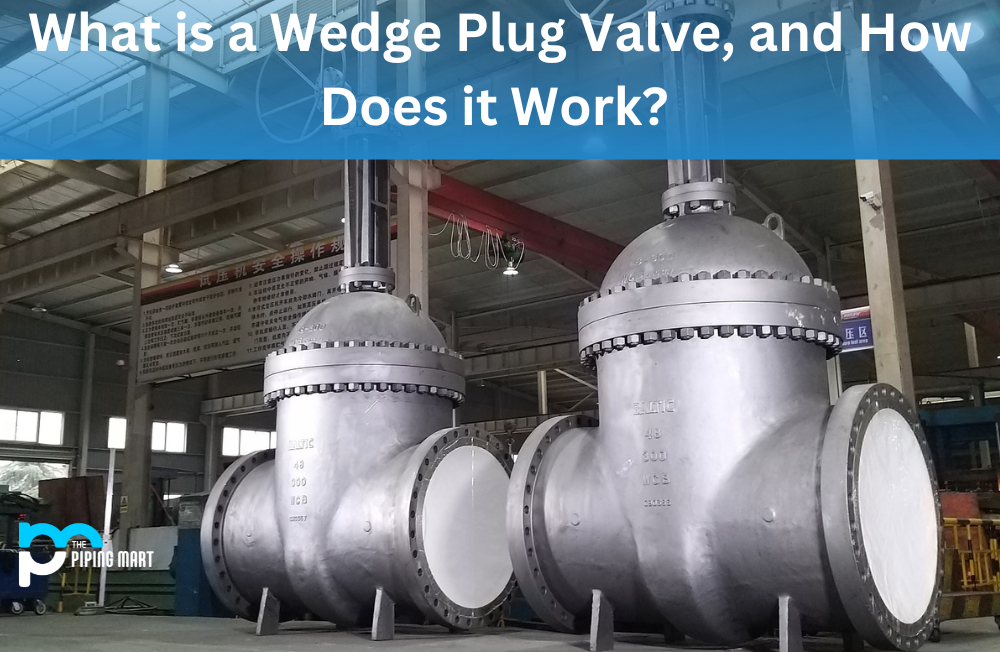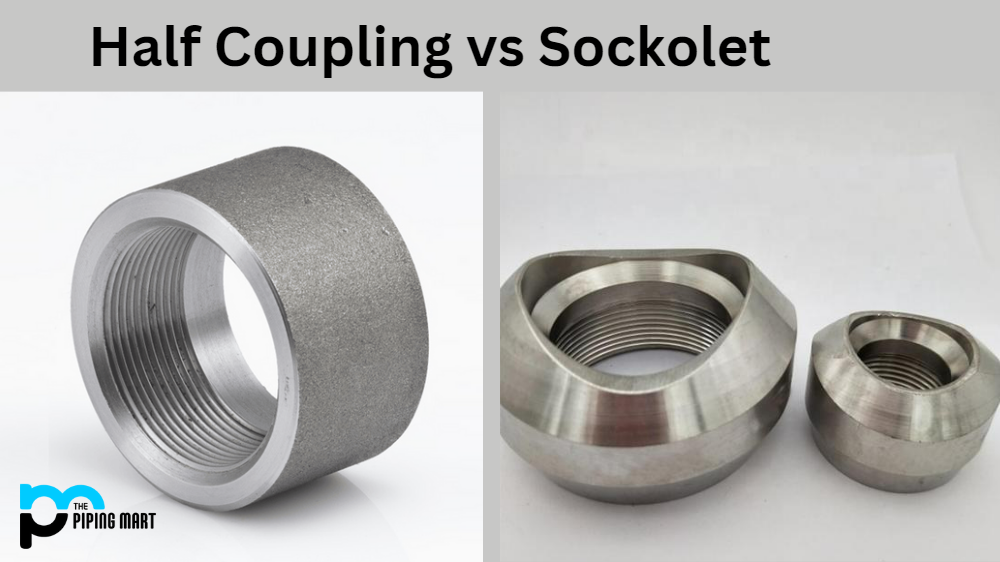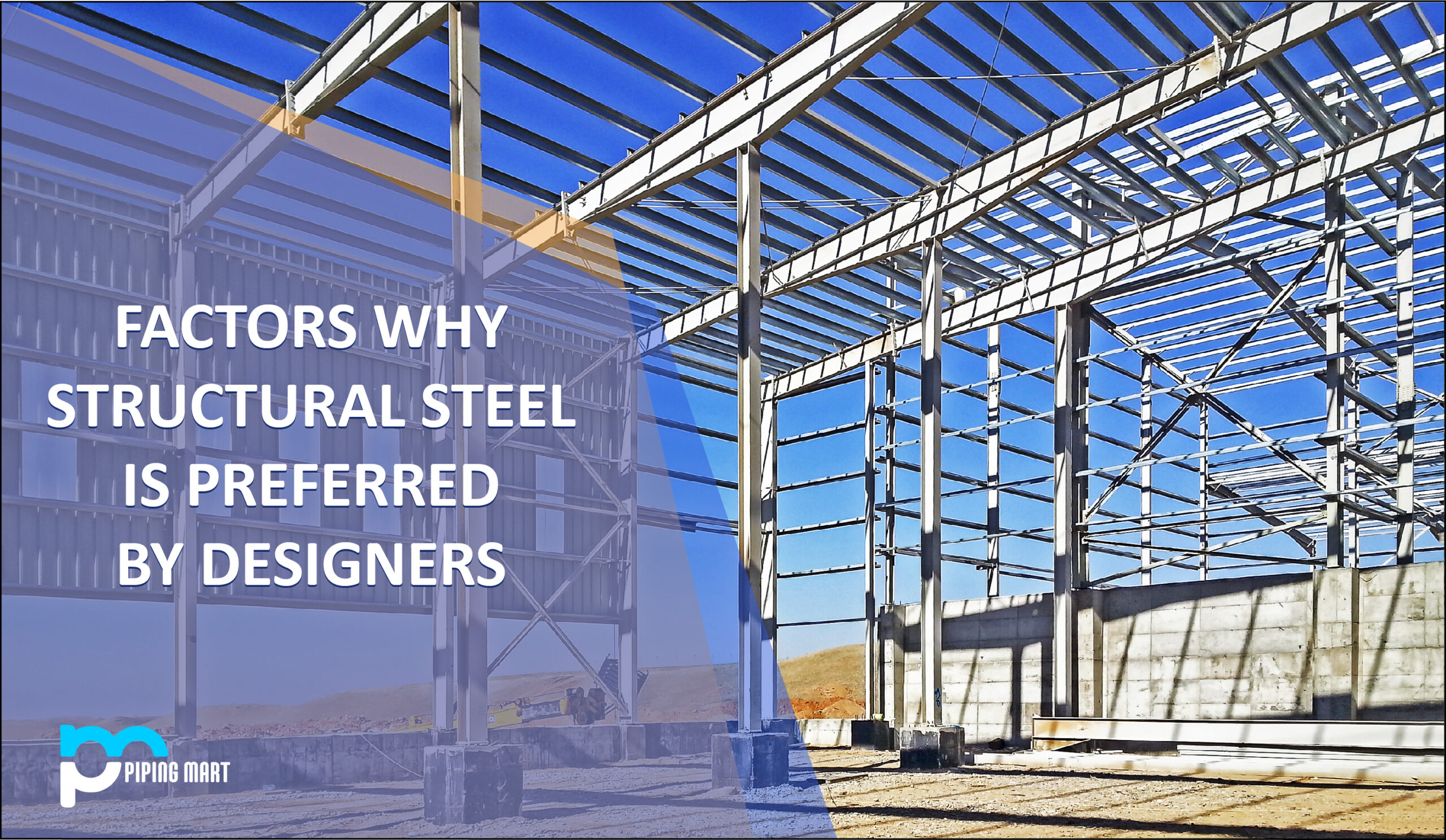Plasma cutting is a popular fabrication method used in many industries. It can cut through an array of different materials quickly and efficiently, and it requires minimal setup time. Despite its popularity, there are several advantages and disadvantages associated with this technology. Let’s take a closer look at what they are.
Advantages of Plasma Cutting
One of the most significant advantages of plasma cutting is its speed. By using high-velocity hot air or gas jets, plasma cutting can easily cut through even thick materials. This makes it ideal for large-scale projects that require a lot of material to be cut in a short amount of time. Additionally, plasma cutting requires less setup time than other methods like oxyfuel cutting or laser cutting, making it an efficient choice for many jobs. Plasma cutting also works well on various materials such as steel, aluminum, copper, brass, wood, plastic, etc. It can also cut intricate shapes with greater accuracy than other methods due to the high-velocity jets used in the process. This makes it ideal for applications that require precision, such as automotive repair or electrical wiring projects.
Plasma cutting is gaining popularity in many industries due to its numerous advantages. It offers precise and accurate cuts and can cut virtually any type of metal thickness for unique shapes. This makes it a perfect choice for custom fabrication and tooling needs. Plasma cutting also requires less energy than traditional cutting methods, making it more cost-effective and faster. It’s also safer and smoother when compared to oxyfuel-cutting methods too. Plus, since plasma cutting is automated and computerized, it helps reduce human error from manual operations, making it even more advantageous than other traditional methods. These advantages make plasma cutting a precious asset for most industrial projects.
- Plasma cutting is a process that uses a high-energy plasma jet to cut through conductive materials.
- Plasma cutting is faster than traditional methods, such as oxyfuel cutting, making it ideal for high-speed production applications.
- Plasma cutting produces less heat than other methods, making it ideal for sensitive materials that could be damaged by heat.
- Plasma cutting produces a cleaner cut than other methods, making it ideal for applications requiring a neat finish.
- Plasma cutting is more versatile than other methods, as it can cut various materials, including metals, plastics, and glass.
Disadvantages of Plasma Cutting
One disadvantage of plasma cutting is that it requires more power than other methods like oxyfuel or laser cutting. You will need access to higher-voltage electricity sources to use this technology effectively. Additionally, while plasma cutting can produce extremely accurate cuts on certain materials, it can leave rough edges on others which may need additional finishing work afterward. Finally, while plasma cutting is great for large-scale projects requiring quick turnaround times, it may not be suitable for small-scale projects due to the cost associated with powering the equipment.
Limited to Thin Materials
One of the primary disadvantages of plasma cutting is that it is limited to cutting thin materials. Plasma cutting uses a high-velocity stream of ionized gas to slice through metal, which is not powerful enough to cut through thick materials. If you need to cut through thick metal, you will need to use a different method, such as oxyfuel cutting.
Requires Expensive Equipment
Another disadvantage of plasma cutting is that it requires expensive equipment. To perform plasma cutting, you need a power supply, an air compressor, and a plasma torch. This equipment can be quite expensive, particularly if you still need an air compressor. Additionally, the plasma torches’ consumables (i.e., the tips and electrodes) can also be quite costly.
Can be Dangerous
Plasma cutting can also be dangerous if proper safety precautions are not taken. The high-velocity stream of ionized gas that is used to cut through metal can be extremely hot and can cause serious burns if you are not careful. The noise generated by plasma cutting can also be quite loud, leading to hearing damage if you are not wearing proper ear protection.
Produces Hazardous Waste
Another disadvantage of plasma cutting is that it produces hazardous waste. The ionized gas in plasma cutting contains harmful chemicals, such as ozone and carbon monoxide. These chemicals can be released into the air if proper ventilation is not used, which can harm your health. Additionally, the spent consumables from plasma torches also contain harmful chemicals that need to be disposed of properly
Conclusion:
Plasma cutting is beneficial for fabricating parts from various materials quickly and accurately. However, some drawbacks are associated with this technology, including its need for higher voltage electricity sources and its potential to leave rough edges on some materials after being cut. Overall, if you have access to the necessary power supply and you’re looking for a fast way to fabricate parts from various materials accurately, then plasma cutting could be just what you need!

Abhishek is a seasoned blogger and industry expert, sharing his insights and knowledge on various topics. With his research, Abhishek offers valuable insights and tips for professionals and enthusiasts. Follow him for expert advice on the latest trends and developments in the metal industry.




